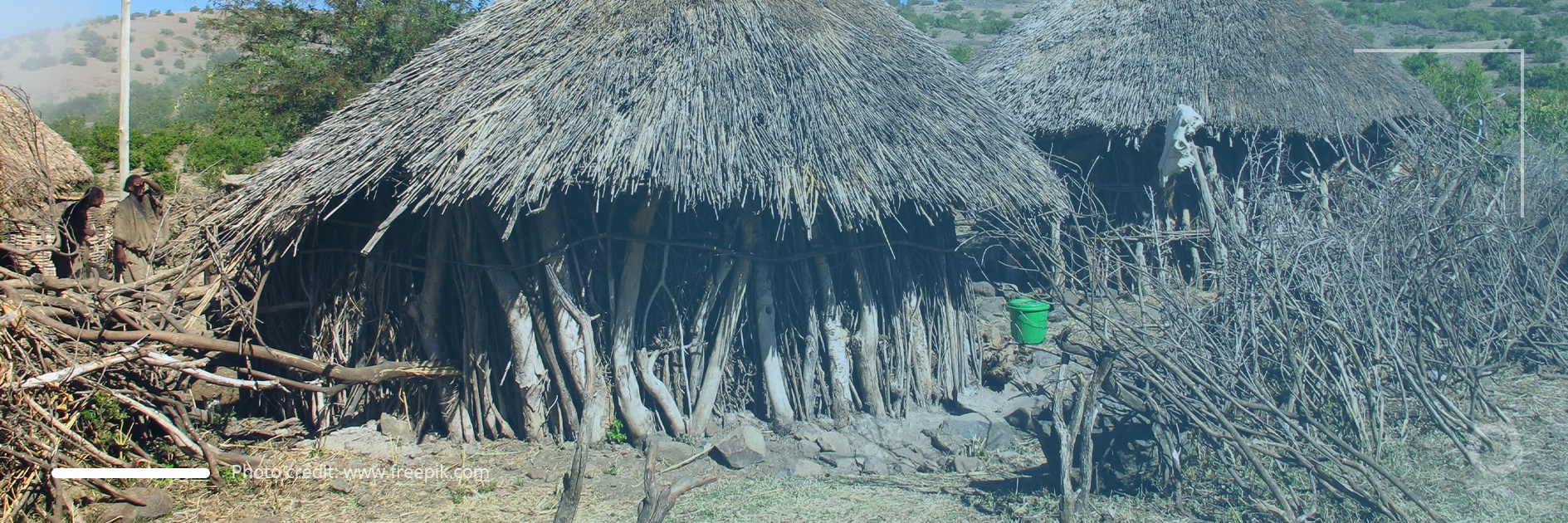The poorest countries will face the further consequences of their poor economies if the international community fails to provide more support, the UN Conference on Trade and Development (UNCTAD) has said. The warning comes 50 years after the United Nations General Assembly established the least developed countries (LDCs) category. Despite the efforts made since then, LDCs have continued to face obstacles on their path to sustainable development without the coronavirus pandemic having caused more uncertainty regarding the future progress of LDCs. UNCTAD’s Least Developed Countries Report 2021 calls on countries to increase investments to support LDCs to achieve selected Sustainable Development Goals.
In 1971, the General Assembly recognized 25 countries as being least developed among all the emerging economies based on their vulnerabilities and structural challenges. Over time, however, the number of LDCs has grown. In 1991, the list of LDCs reached a record level of 52. Since then, some countries have managed to overcome the challenges and have been removed from the list. In 2021, there are 46 LDCs around the world with most of these being located in Africa.
Fig.1. Number of LDCs

Fig.2. LDC timeline, 1971–1921

Over these 50 years, much effort has been made to improve the economic and social development indicators in the poorest countries. While in 1971, the real GDP for LDCs was approximately US$200 billion, in 2019 it reached US$1,118 billion. Real GDP per capita reached US$1,082 over this period, compared to US$600 in 1971, growing annually by 1.3%. Before the pandemic, LDCs accounted for around 1% of the world’s GDP and in 1971 the share was more or less the same. However, despite some progress, in 2020 LDCs recorded the poorest progress in about three decades because of the crises brought about by the coronavirus pandemic.
Pandemic impact
According to the report, the pandemic has had an enormous impact on LDCs due to their poor resilience and capacity to respond to emerging challenges. Their lack of preparedness to withstand the pandemic is reflected in the fact that only 2% of the population living in LDCs has been vaccinated while in developed countries 41% of the population have already received their jabs. António Guterres, Secretary-General of the United Nations, commenting on the report, noted:
“The COVID-19 pandemic has exposed and amplified the vulnerability of least developed countries to external shocks. Once again, those with the least are suffering the most.” He called on governments and the international community “to pool efforts to build productive capacities as a pathway to sustainable development for all”.
According to the analyses presented in the report, the COVID-19 pandemic has massively impacted poverty around the world, and countries in South Asia and Africa where most of LDCs are located are found to have been severely hit. Estimates show that LDCs will experience a further decline as an additional 35 million people are expected to fall under the extreme poverty line as a result of the pandemic.
Fig.3. Increase in poverty due to the Covid-19 pandemic in the LDCs, by international poverty line

Role of international community
Commenting on the role of the international community, Secretary-General of UNCTAD, Rebeca Grynspan, noted:
“After this pandemic, it is clear that no country or region can go at it alone. LDCs are no exception. Future efforts by these countries to weather and overcome the global challenges exposed by COVID-19 hinge on the quality, depth, and foresight of the response of the international community.”
Overall, according to the report, to reach the objectives related to the SDGs in 2021-2030, LDCs must invest US$462 billion annually to achieve a 7% annual growth in GDP, US$485 billion a year to eradicate extreme poverty, and US$1,051 billion a year to double the share of manufacturing in GDP.
Fig.4. Total investment needed


